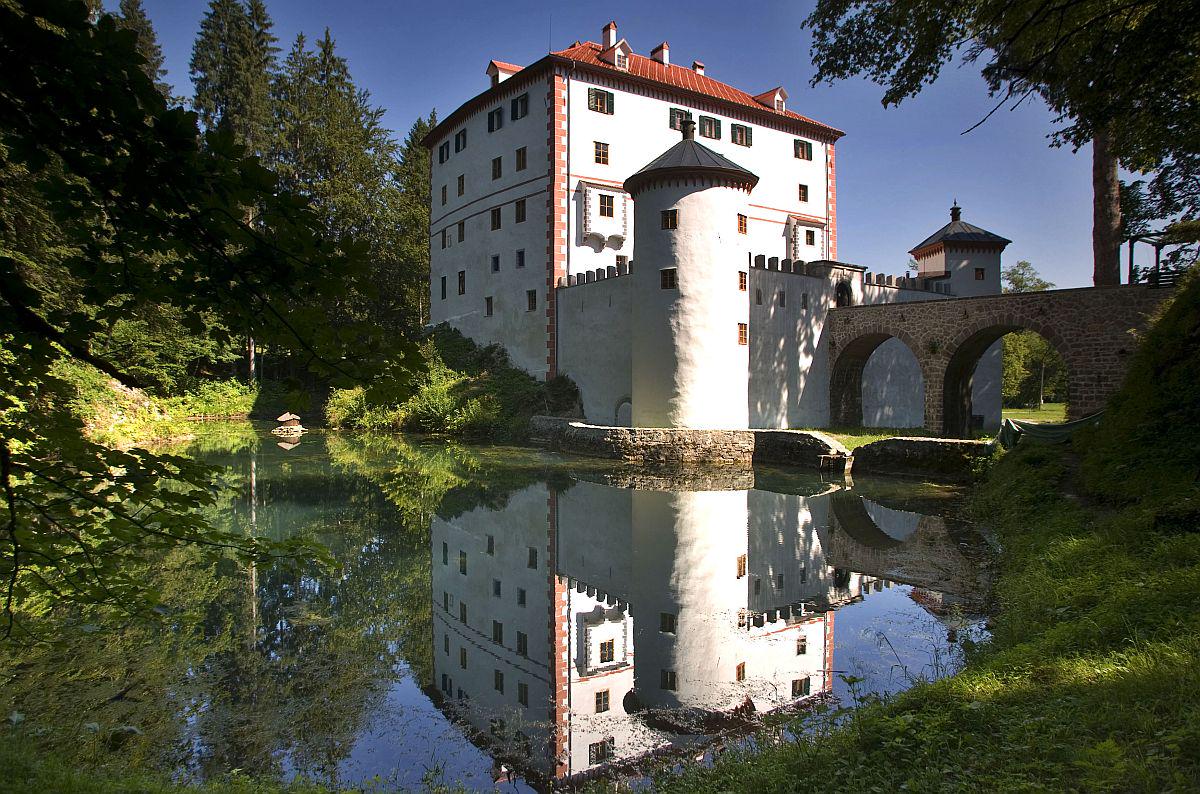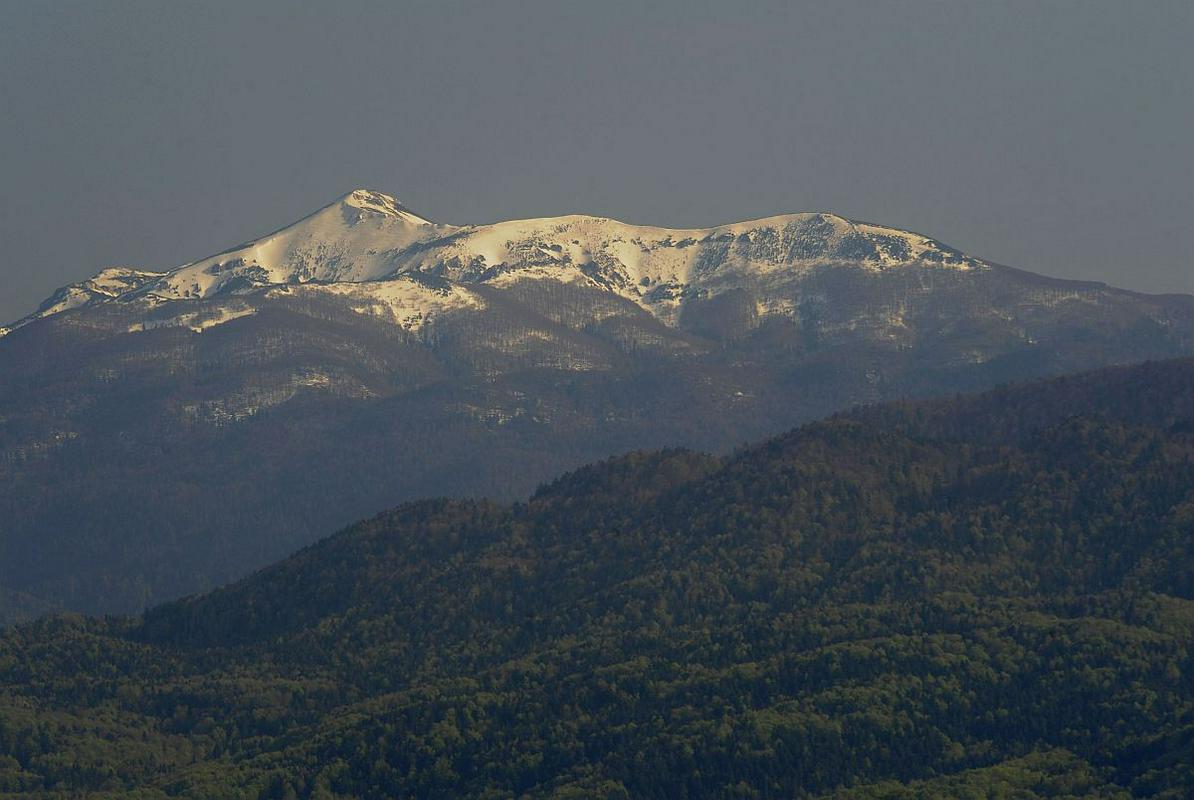

The name Snežnik comes from the Slovenian term for snow, but this is essentially just a translation of the German family name Schneeberg (“snow mountain”), the original owners of the castle. The family already owned he castle when it was first mentioned in the 15th century; they also managed the surrounding estate.
The castle’s outside appearance did not change much in the centuries that followed, even though Snežnik Castle changed hands many times, passing from one noble family to another. In the 17th century, it served as a major administrative center for the entire region. The Counts of Lichtenberg were then based at the castle for more than a century. In the 19th century, however, increasing debts forced them to sell the castle.
After several changes in ownership, Snežnik Castle ended up in the hands of the German Prince Schoenburg-Waldenburg in 1853. It would remain in the family, who used it primarily as a hunting lodge, for several generations. The Schoenburg-Waldenburgs renovated the interior of the castle and set up a park with linden and chestnut trees. Crucially, they also cared for the community: Slovenia’s first forestry school briefly operated in the castle, and the family invested substantial resources into maintaining the surrounding woods. They even introduced industry to the remote valley in the form of a steam-powered saw mill.
The 20th century, however, brought major change to the castle. The beginning of the century saw the addition of an Egyptian-themed chamber to the castle’s extensive collection of rooms, but the biggest changes were political. After World War I, the area became part of Italy -- only to join Yugoslavia in the aftermath of World War II. A conscientious caretaker name Leon Schaute helped the castle to survive the war unscathed, but the Communist authorities nationalized the castle. The estate then served as the site of state functions for several decades.
Unlike many Slovenian castles, which did not survive the turbulence of the 20th century intact, the ornate interiors of Snežnik castle were preserved in their entirety, and the estate has now been turned into a museum. The building provides visitors with precious insight into this part of Slovenia – and gives them an understanding of the rich legacy left behind by many generations of the castle’s owners.

































































